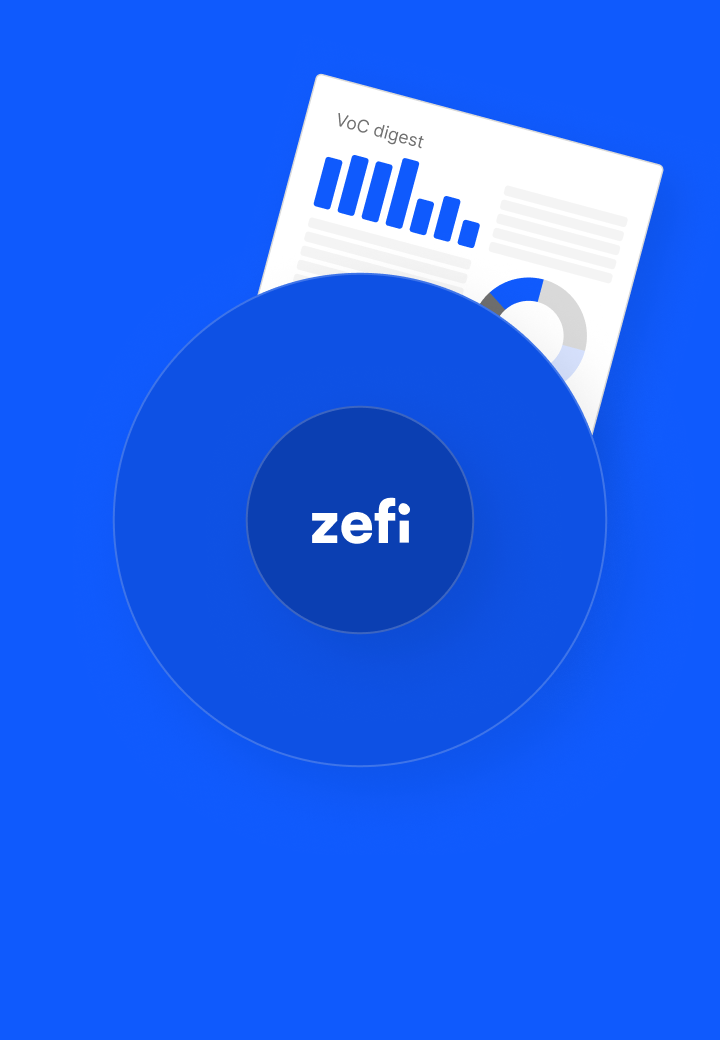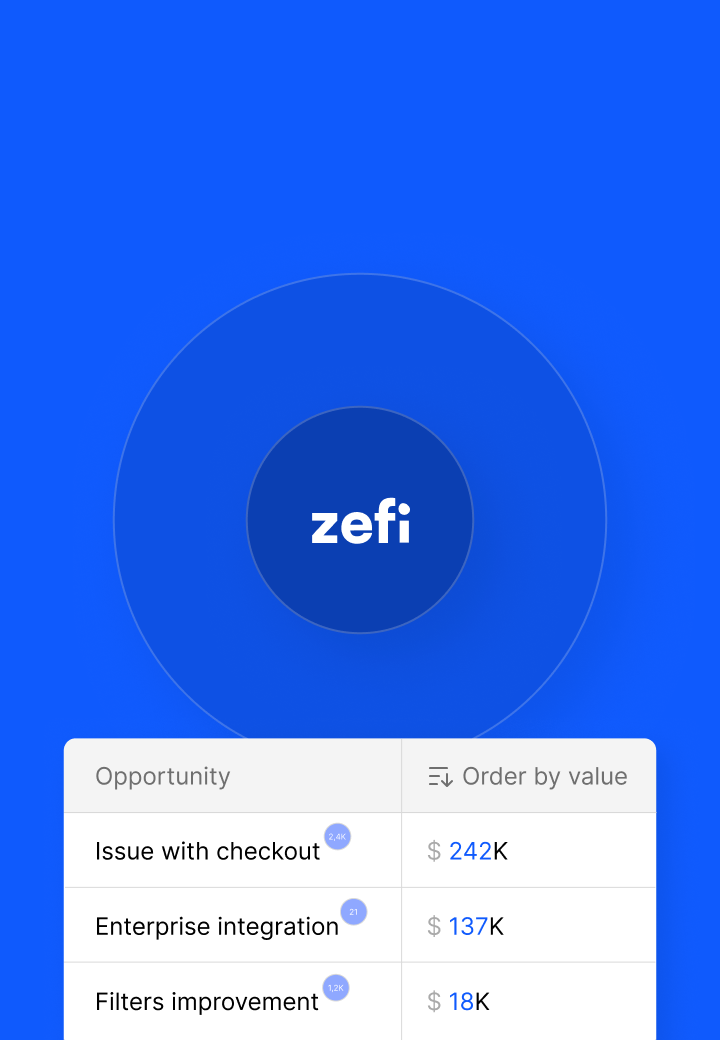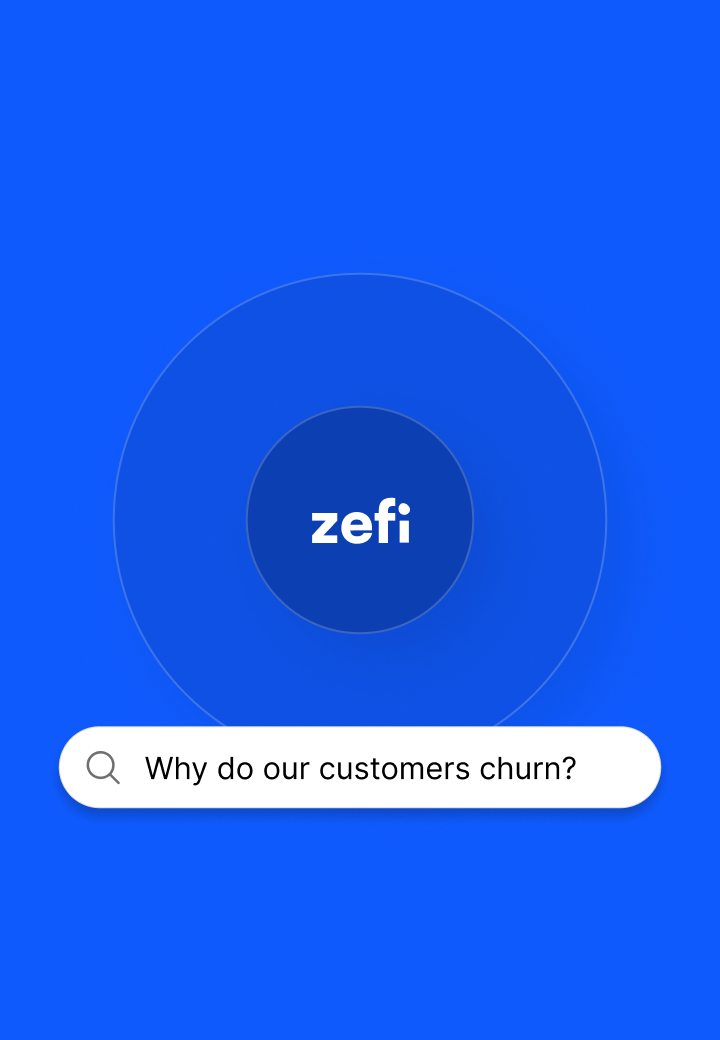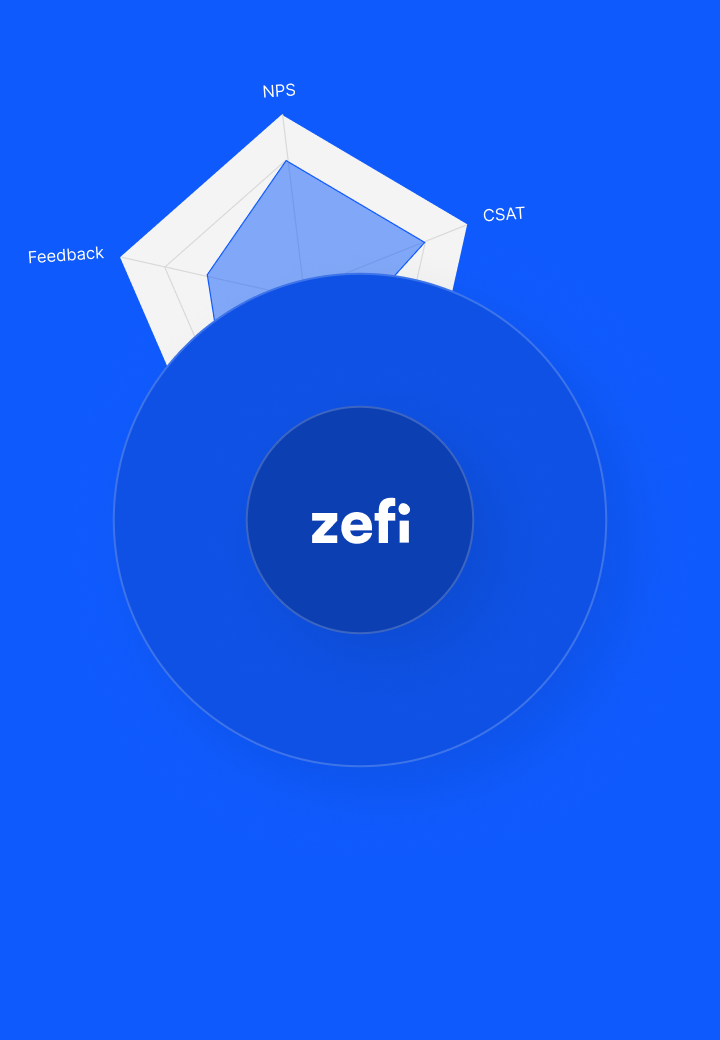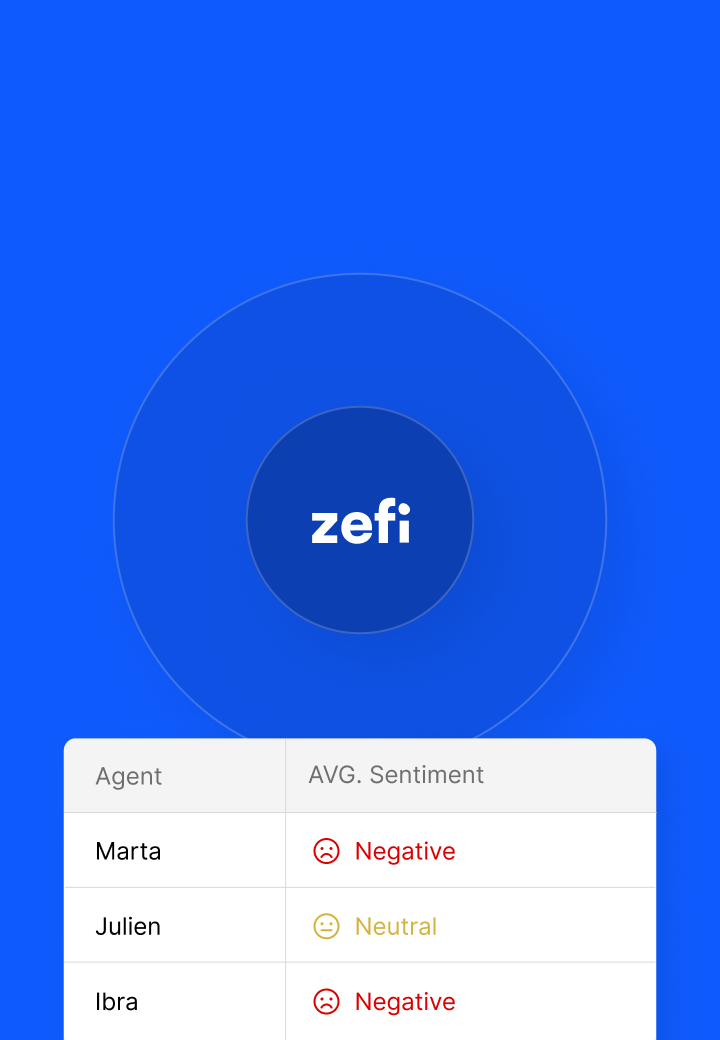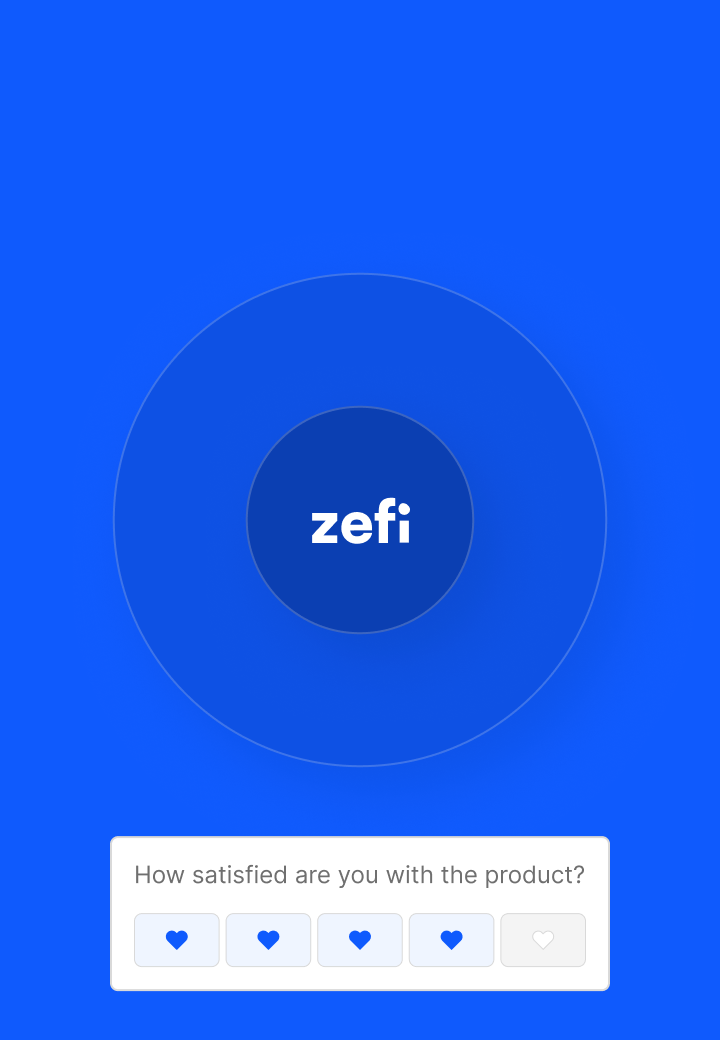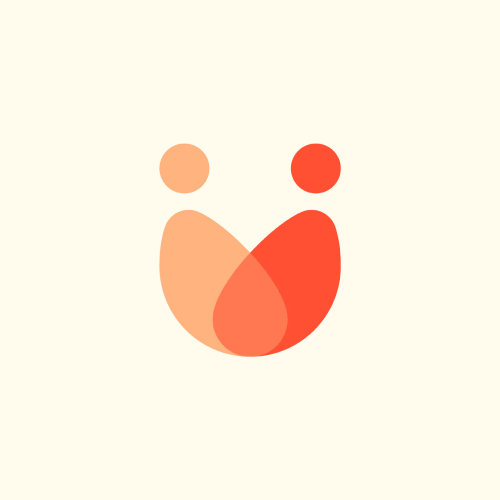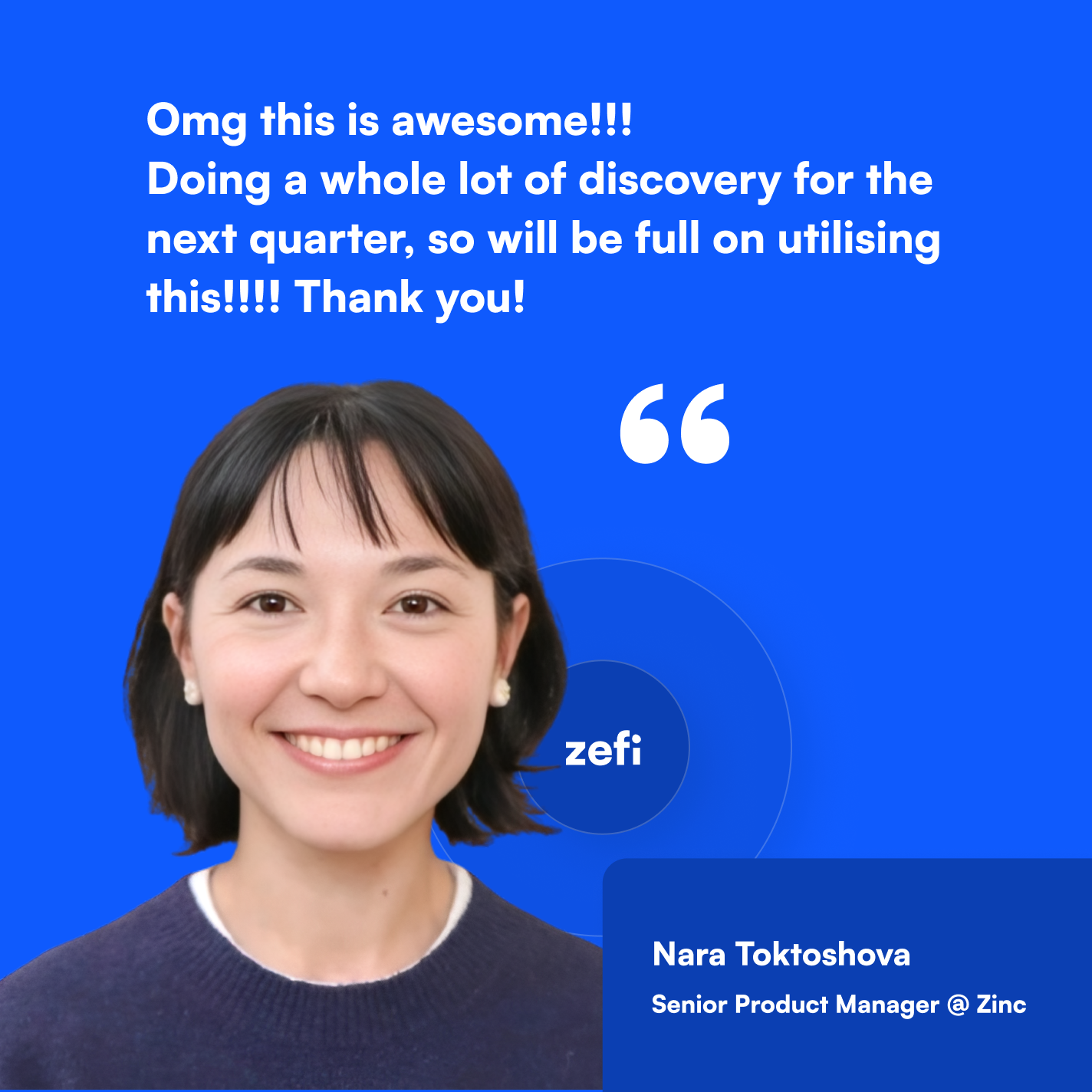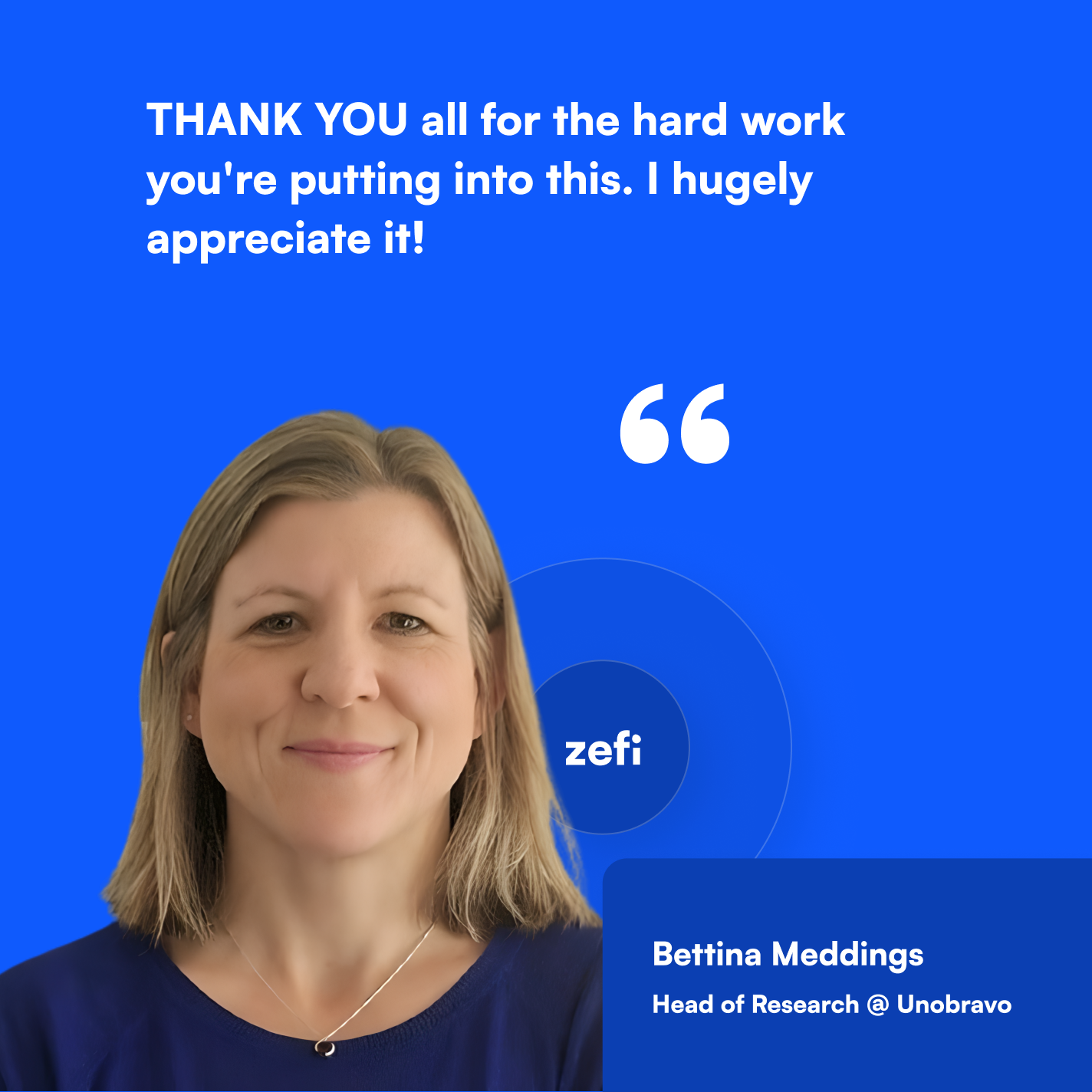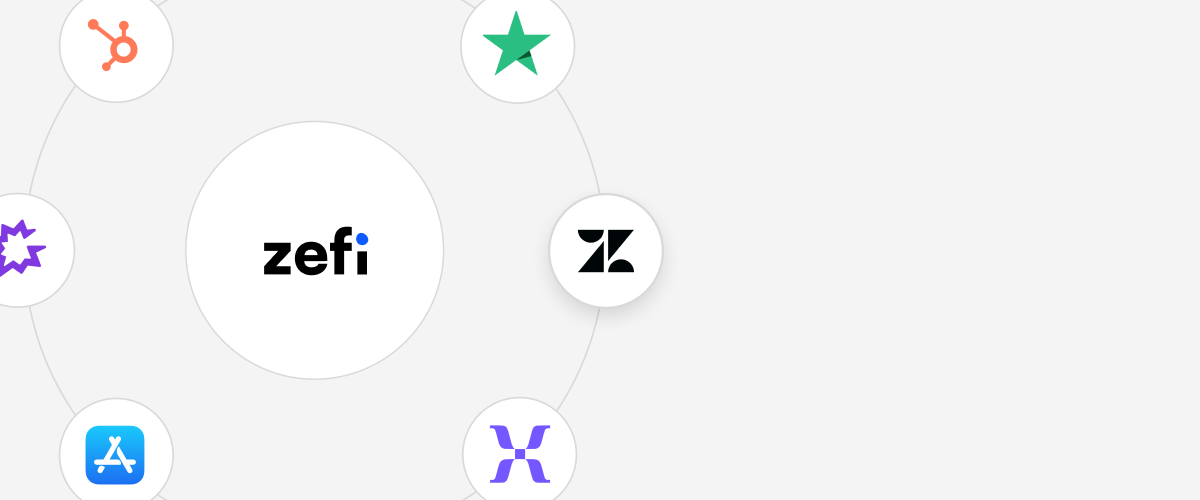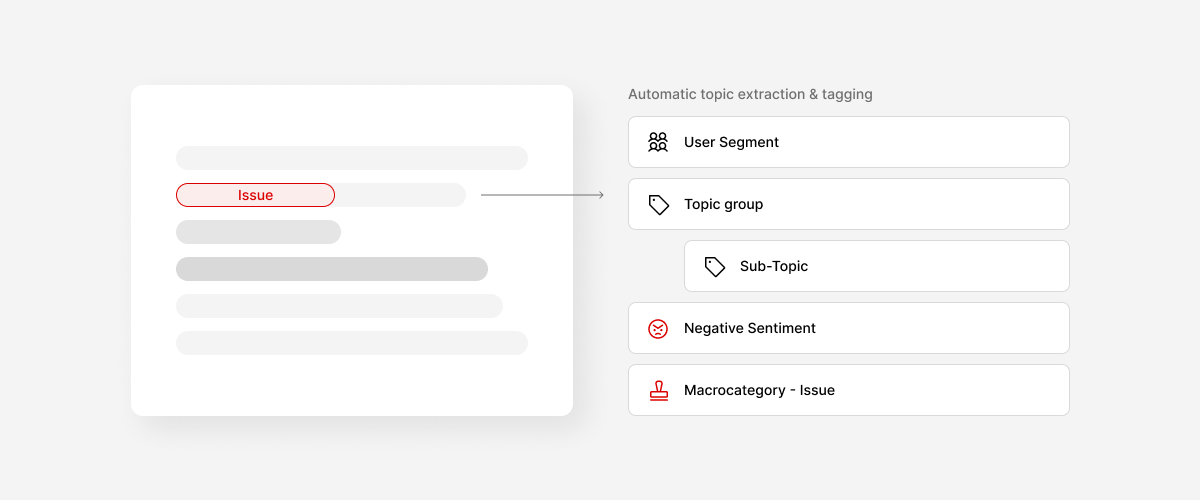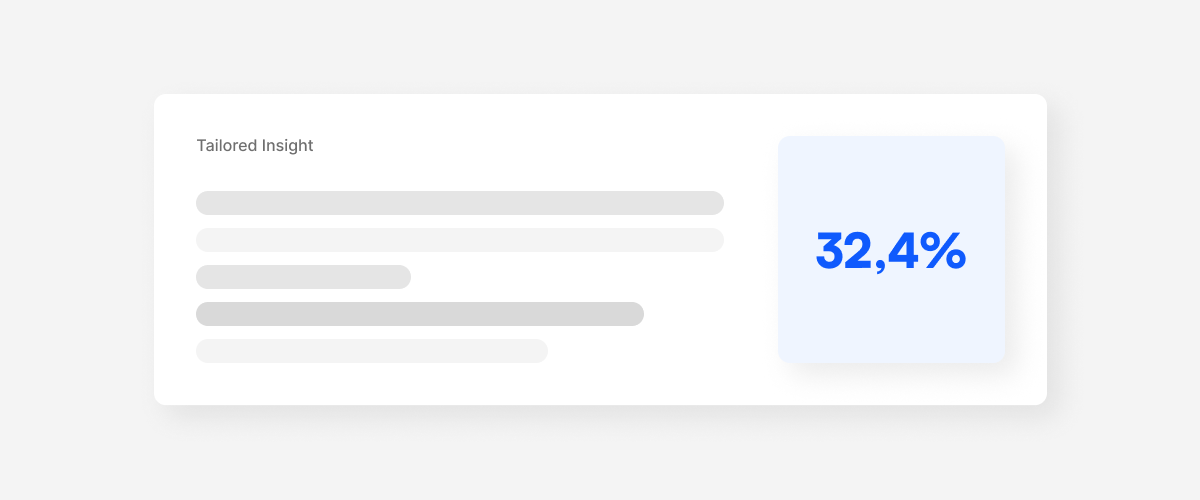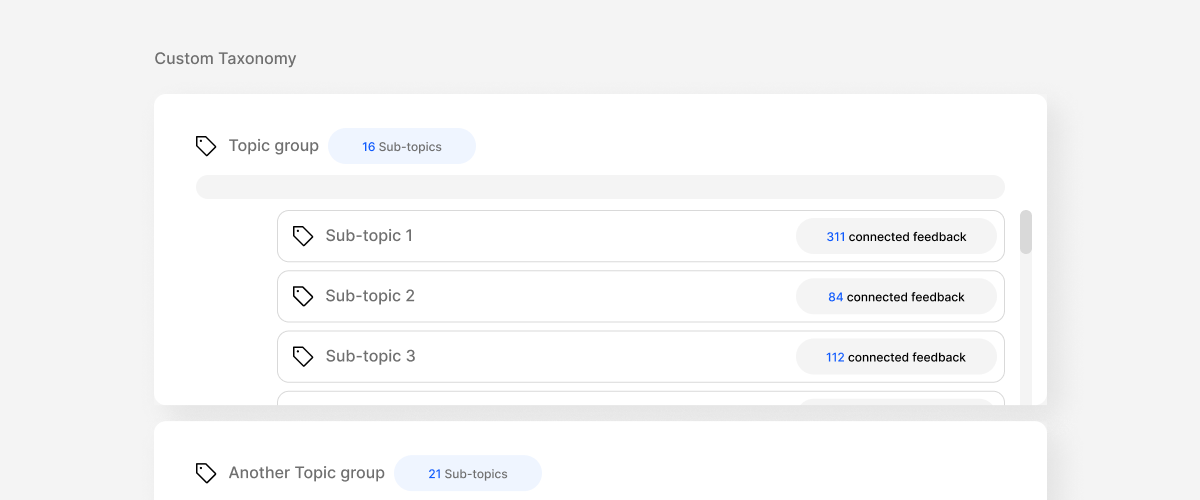Bridging the Gap: How Dual-Track Agile Unites Agile Development and UX Design
Agile development and UX design, both aiming to create exceptional products, can sometimes seem like conflicting forces. Dual-track agile offers a solution, bringing them together through two distinct, yet interconnected, tracks: discovery and delivery.
The Rise of Dual-Track Agile:
The first sparks of dual-track agile emerged in 2005, just a few years after the Agile Manifesto's rise to prominence. It began with Lynn Miller's concept of "interconnected parallel design and development tracks," later echoed by Desirée Sy's similar approach with separate design and development tracks running concurrently. Finally, in 2012, Marty Cagan and Jeff Patton solidified the concept as "dual-track scrum," emphasizing the discovery and delivery tracks, where one feeds the other – discovery defining what to build and delivery focusing on how to build it.
Why Choose Dual-Track Agile?
Agile development thrives on rapid iterations, allowing for continuous value delivery to users. However, traditional approaches often leave large gaps between iterations, which dual-track agile bridges with continuous research and user-centered design activities.
While user feedback plays a crucial role in product decisions, it can be unreliable at times. Important details may be lost, information might be inaccurate, or users may not fully understand their own needs. This often leads to costly assumptions by product managers, potentially jeopardizing the product's integrity. Building features based on unvalidated assumptions can be expensive, frustrating, and ultimately result in products lacking true value for users.
Introducing Product Discovery:
Dual-track agile addresses these challenges by introducing product discovery. This proactive approach focuses on researching and prioritizing user needs, validating ideas before development begins. By implementing a thorough discovery cycle, teams eliminate the need for assumptions and ensure they're building the most valuable features for their users. This translates to efficient resource allocation, avoiding wasted efforts on irrelevant features.
Balancing Discovery and Delivery:
Dual-track agile fosters a continuous workflow. While the delivery team works on current improvements, the discovery team investigates the next set, eliminating the guesswork often associated with product management. As Marty Cagan, a prominent advocate for this framework, states: "Our higher order objective is to validate our ideas the fastest, cheapest way possible." Dual-track agile serves as the perfect solution to achieving this objective.
The Two Tracks of Dual-Track Agile:
1. The Discovery Track:
This track emphasizes understanding user needs before building. Many organizations, including productboard, utilize the Double Diamond approach for structured discovery:
- Identify the Challenge: Define the core problem or opportunity.
- Understand: Gather insights through research (user interviews, surveys, etc.).
- Define & Re-frame: Analyze the information and refine the problem statement.
- Ideate: Brainstorm potential solutions.
- Prototype: Develop low-fidelity prototypes for user testing.
- Test: Gather feedback through usability testing.
- Solution: Based on learnings, define the final solution.
This structured approach fosters continuous learning, benefiting both teams and users. It also promotes transparency and involvement of diverse stakeholders throughout the product management process.
2. The Delivery Track:
This track, familiar to most, focuses on building and releasing valuable features and improvements within defined sprints. Thanks to the validated ideas from the discovery track, the delivery team can concentrate on implementing them effectively. They have the confidence of knowing they're building features users truly need, often even having detailed prototypes to guide development. This translates to a more efficient and resource-conscious development process.
In Conclusion:
Dual-track agile, with its interconnected discovery and delivery tracks, empowers teams to validate ideas, build the right things, and deliver exceptional products efficiently. It bridges the gap between agile development and UX design, fostering a collaborative environment that prioritizes user needs and delivers the best possible product experience.



